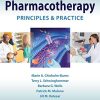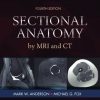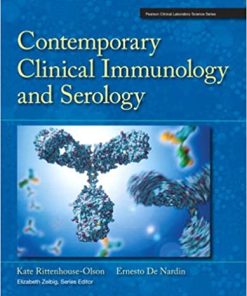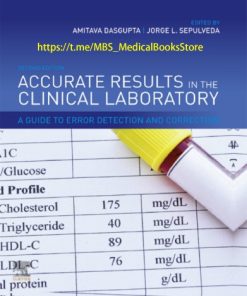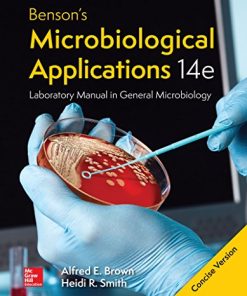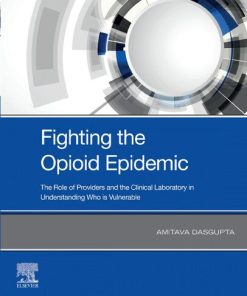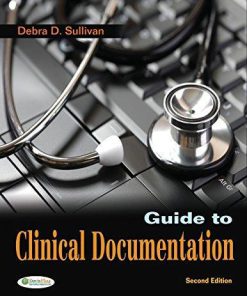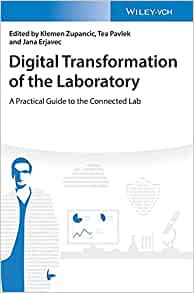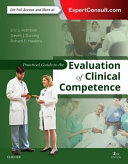Accurate Results in the Clinical Laboratory: A Guide to Error Detection and Correction 2nd Edition
$50.00 Original price was: $50.00.$25.00Current price is: $25.00.
Accurate Results in the Clinical Laboratory: A Guide to Error Detection and Correction 2nd Edition- Ebook Instant Download/Delivery ISBN(s): 9780128137765,0128137762,9780128137772, 0128137770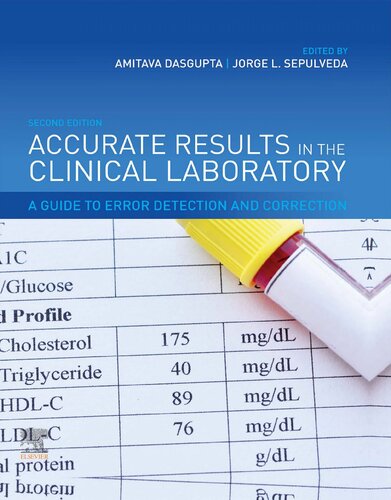
Product details:
- ISBN 10: 0128137770
- ISBN 13: 9780128137772
- Author: Amitava Dasgupta, Jorge L. Sepulveda
Accurate Results in the Clinical Laboratory: A Guide to Error Detection and Correction, Second Edition, provides a comprehensive review of the factors leading to errors in all areas of clinical laboratory testing. This trusted guide addresses interference issues in all laboratory tests, including patient epigenetics, processes of specimen collection, enzymes and biomarkers. Clinicians and laboratory scientists will both benefit from this reference that applies discussions to both accurate specimen analysis and optimal patient care. Hence, this is the perfect reference for clinical laboratorians, from trainees, to experienced pathologists and directors.
Table contents:
Section I: Sources of errors in clinical laboratories: An overview
1. Variation, errors, and quality in the clinical laboratory
2. Errors in patient preparation, specimen collection, anticoagulant and preservative use: how to avoid such pre-analytical errors
3. Sample processing and specimen misidentification issues: major sources of pre-analytical errors
4. Effect of patient-related factors on clinical laboratory test results
5. Interferences of hemolysis, lipemia and high bilirubin on laboratory tests
6. Immunoassay design
7. Overview of other sources of interferences in immunoassays: prozone effect and interferences from heterophilic antibodies and autoantibodies
8. Biotin interference in clinical laboratory tests: sporadic problem or a serious clinical issue?
Section II: Sources of errors in clinical chemistry laboratory
9. Challenges in routine clinical chemistry testing analysis of small molecules
10. Challenges in routine clinical chemistry analysis: proteins and enzymes
11. Challenges in endocrinology testing
12. Pitfalls in testing for common tumor markers
Section III: Sources of errors in therapeutic drug monitoring and toxicology
13. Issues of interferences in therapeutic drug monitoring
14. Limitations of immunoassays for screening of drugs of abuse in urine: issues of false positive and false negative results
15. Challenges in confirmation testing for drugs of abuse
16. Issues of false negative results in toxicology: difficult in detecting certain drugs and issues with detection of synthetic cathinone (bath salts), synthetic cannabinoids (spice), and other new psychoactive substances
17. Ethanol determination using automated analyzers: limitations and pitfalls
Section IV: Herbal medicines and laboratory testings
18. Effects of herbal supplements on clinical laboratory test results
Section V: Sources of errors in immunology laboratory
19. Critical issues in hemoglobinopathy detection and serology testing for HIV and hepatitis infections
20. Sources of errors in immunology and serology testing
Section VI: Sources of errors in molecular, genetic and related testings
21. Sources of error in molecular diagnostic analyses
22. Molecular testing for targeted therapies and pharmacogenomics
23. Challenges and sources of inaccuracy in biochemical genetics testing
Section VII: Sources of errors in microbiology testings
24. Sources of pre-analytical, analytical and post-analytical errors in the microbiology laboratory
Section VIII: Sources of errors in hematology and coagulation testings
25. Sources of errors in hematology testing
26. Sources of errors in coagulation testing
27. Sources of errors in flow cytometry
Section IX: Sources of errors in transfusion medicine
28. Interferences in blood bank testing
29. Errors and adverse effects of blood transfusion
30. Methodological issues in point of care testing devices
31. Special concern: sources of inaccuracy in breath alcohol analysis
People also search:
what is accuracy in laboratory
how accurate are lab blood test results
can blood work results be wrong
clinical laboratory results
accurate clinical laboratory
You may also like…
Biology and other natural sciences
Politics & Philosophy - Anthropology
Communicating for Results: A Guide for Business and the Professions 11th Edition
Uncategorized
Uncategorized
(eTextbook PDF) for Clinical Immunology and Serology: A Laboratory Perspective 4th Edition


